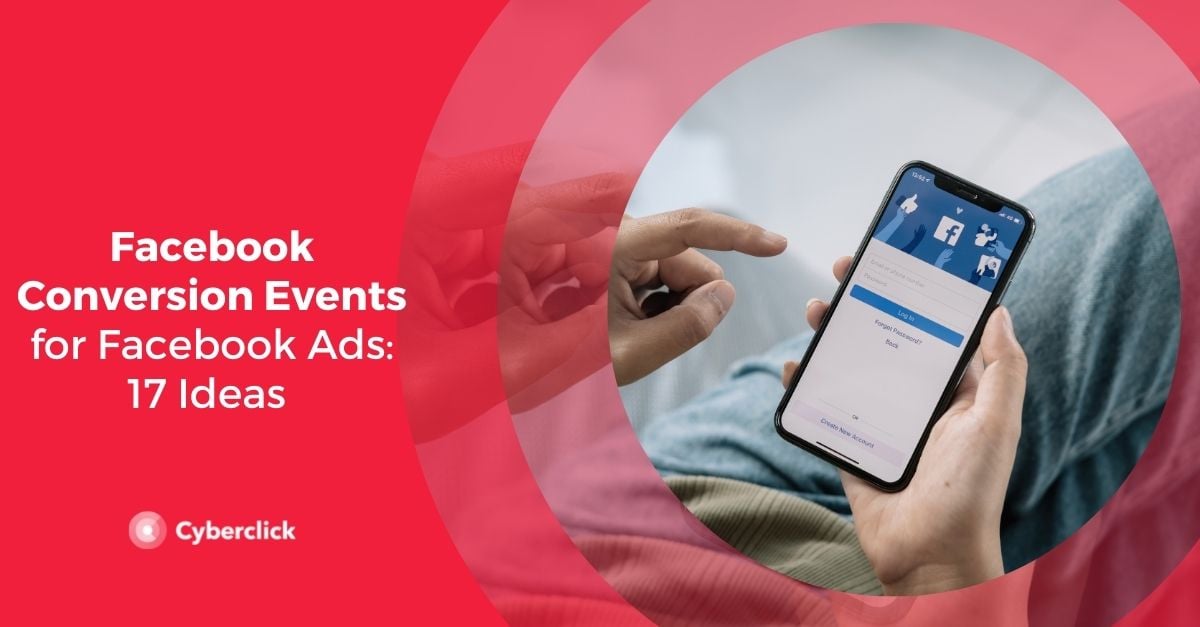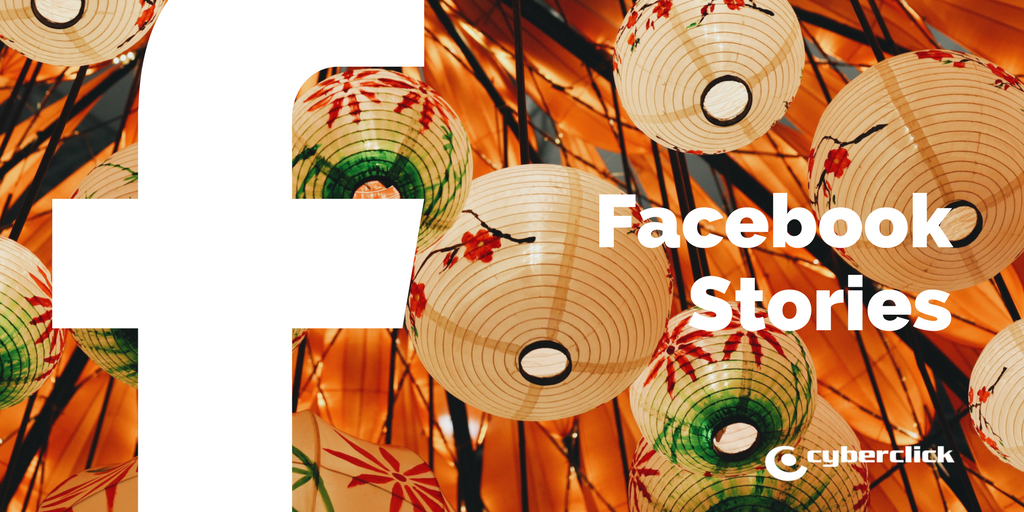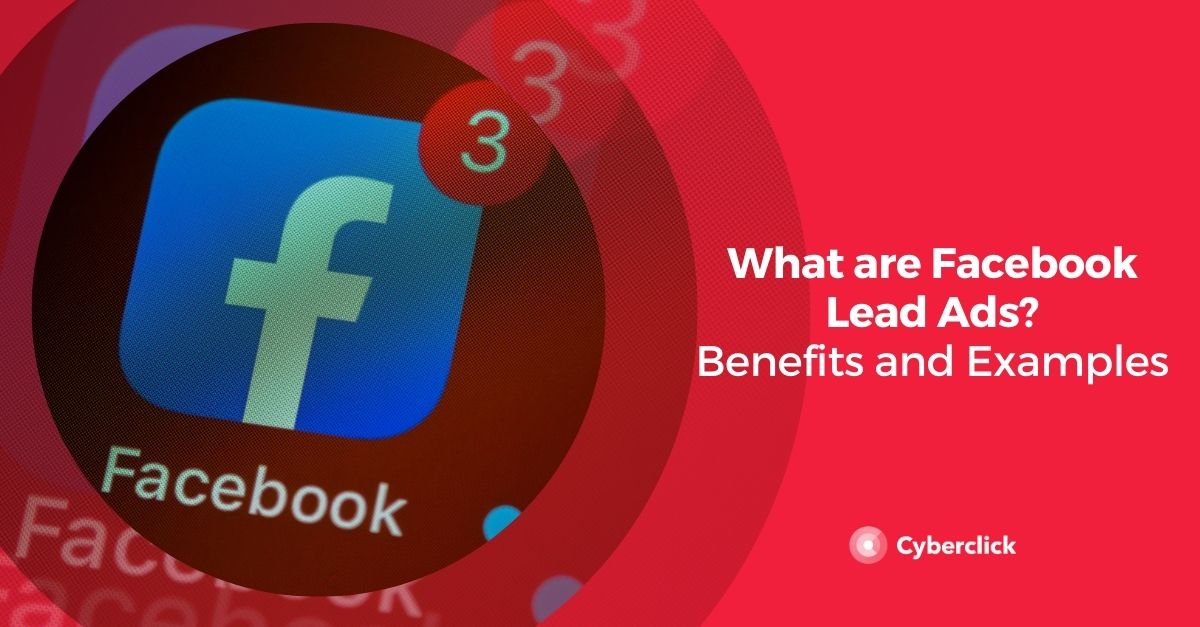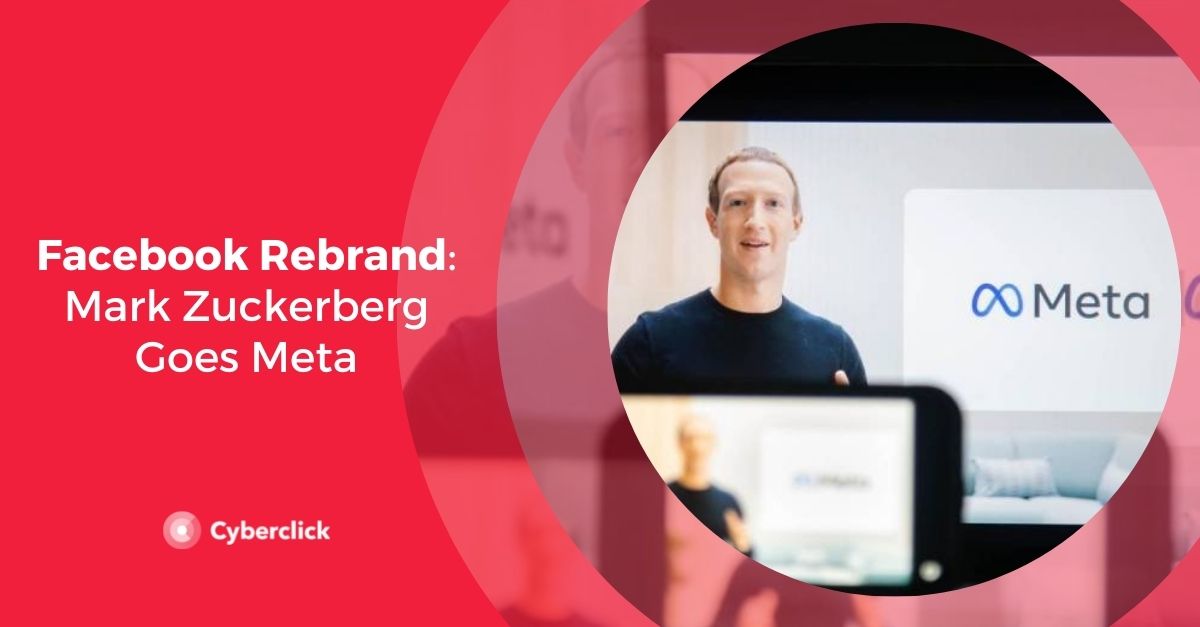Facebook advertising allows you to set up multiple types of conversion events, making it a very versatile solution for all types of brands.
With Facebook conversion events, you can measure all kinds of actions–adding items to a cart, scheduling appointments, and more. Then, you can link them to your Facebook Ads campaigns.
Curious to learn more? Keep reading!

What Are Facebook Conversion Events on a Website?
Facebook conversion events track what actions users take on a website. Information about these actions is shared with Facebook through integration methods like Facebook pixels and conversion APIs. This allows you to show your Facebook Ads ads to the people most likely to be interested in them, deliver a more personalized experience, and drive better results.
There are 3 main types of Facebook events:
-
Automatically logged events: When you use the Facebook pixel, visits to your website are automatically tracked by Facebook Analytics. You can deactivate this option and activate it only for specific cases.
-
Standard events: These events are supported by Facebook Advertising. You can set up standard events using the event configuration tool, a partner integration, a Facebook pixel code, or the Conversions API code.
-
Custom events: These are actions that are not included in standard events. You can configure them with the Facebook pixel code or the Conversions API code to suit your particular needs and give them a unique name that represents the registered action.
These are Facebook Ads' recommendations for choosing the most appropriate events:
- Determine the business objectives you want to achieve with Facebook Ads.
Map the potential customer's journey through your website to determine what your objectives should be. - Choose events that correspond with your business objectives.
Select the standard events that correspond with them or, if there are none that fit, consider creating a custom event. - Keep your selected events consistent across channels if you want to measure results across an app, a website, and offline channels.
To set up events on your website, you will first need to add the base code for the Facebook pixel, which must be placed between the <head> and </head> tags. If you already have the original code from your site between these tags, you will need to place it below.
Then, in the Facebook pixel code, you will have to paste the code of the standard event you want to set up above the </script> tag. You have to repeat this operation on all the pages that you want to track an event.
The 17 Standard Facebook Ads Events
-
Payment information added: the user has entered their payment information during the checkout process; for example, by clicking a button to save their card details.
-
Item added to cart: the user has entered an item in a shopping cart or basket, for example, by clicking the "Add to cart" button on a product page.
-
Item added to wish list: the user has added an item to his or her wish list, e.g. by clicking the "Add to my wish list" button on a product page.
-
Registration completed: the user has submitted his or her details in exchange for a service offered by your business.
-
Contact: the user has contacted your company in some way, e.g. by calling, sending an SMS, or initiating a chat conversation.
-
Customize product: the user has used some tool or application to customize a product, e.g. design a mug or a T-shirt with a photo.
-
Donate: the user has made a donation to your organization or cause.
-
Location search: the user has found one of your business locations on your website and intends to visit it, e.g. has searched where to buy one of your products and found it in a store.
-
Payment initiated: the user has initiated a payment process, e.g. by clicking on a payment button.
-
Lead: the user has sent information knowing that he/she may be contacted by your company at a later date, e.g. by submitting a form or requesting a trial version.
-
Purchase: the user has completed a purchase, e.g. by arriving at a thank you or confirmation page or by receiving an order confirmation or invoice.
-
Schedule: the user has scheduled an appointment to visit one of your locations, e.g. made an appointment for a massage.
-
Search: the user has made a search on your website, your app, or other property, e.g. product or travel search.
-
Start of a free trial: the user has started a free trial of a product or service you offer, e.g. a trial subscription.
-
Submitted request: the user has submitted a request to access a product, service, or program offered by your company, e.g. a credit card or a master's degree.
-
Subscribe: the user has signed up for a paid subscription for a product or service you offer, for example, a monthly shipment of pet products.
-
Content viewed: the user has visited a web page that is relevant to your business objectives, for example, a product page or a landing page. This event tells you if someone has accessed the URL of a web page on your site, but not what they have seen or done on it.
Graduada en Administración de Empresas en Lisboa y un posgrado en Gestión de Productos, Chantal se ha especializado en la Publicidad en Redes Sociales. En Cyberclick lleva la gestión de cuentas y conceptualización de estrategias digitales.
Graduated with a Degree in Business Management in Lisbon and a Postgraduate degree in Product Management. Specialist in Account Management and Digital Marketing strategies, with special focus on Social Ads channel.






Leave your comment and join the conversation